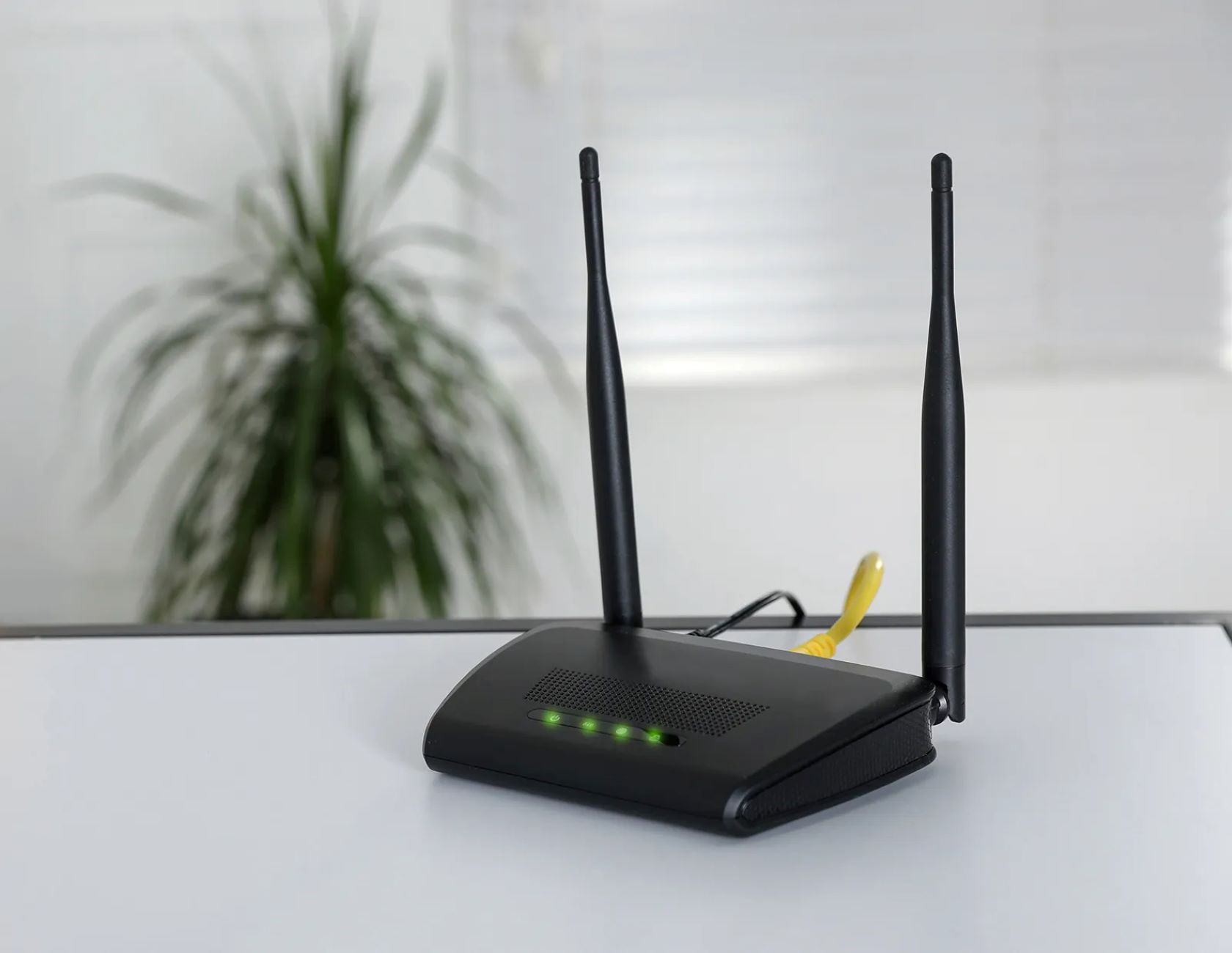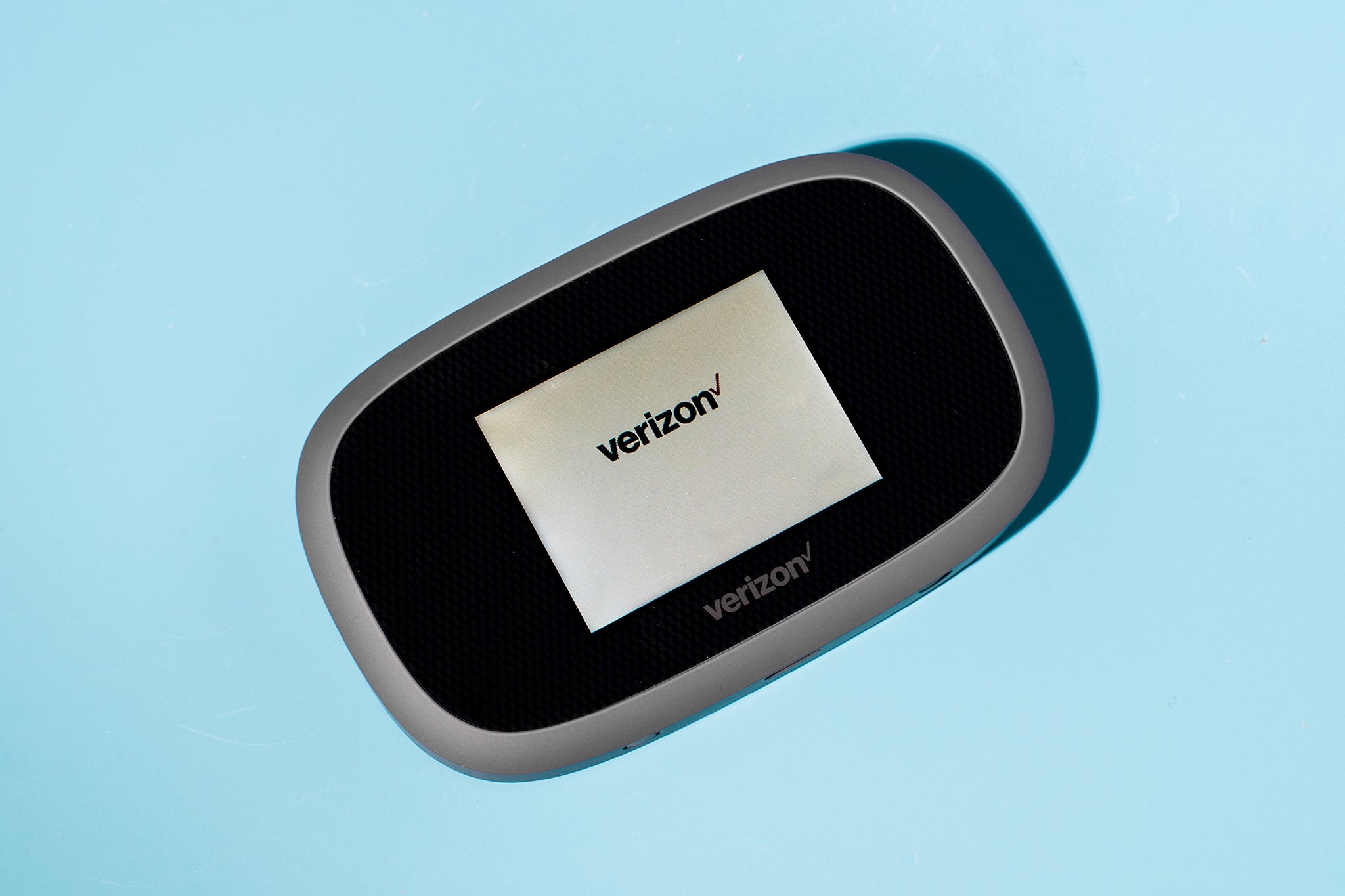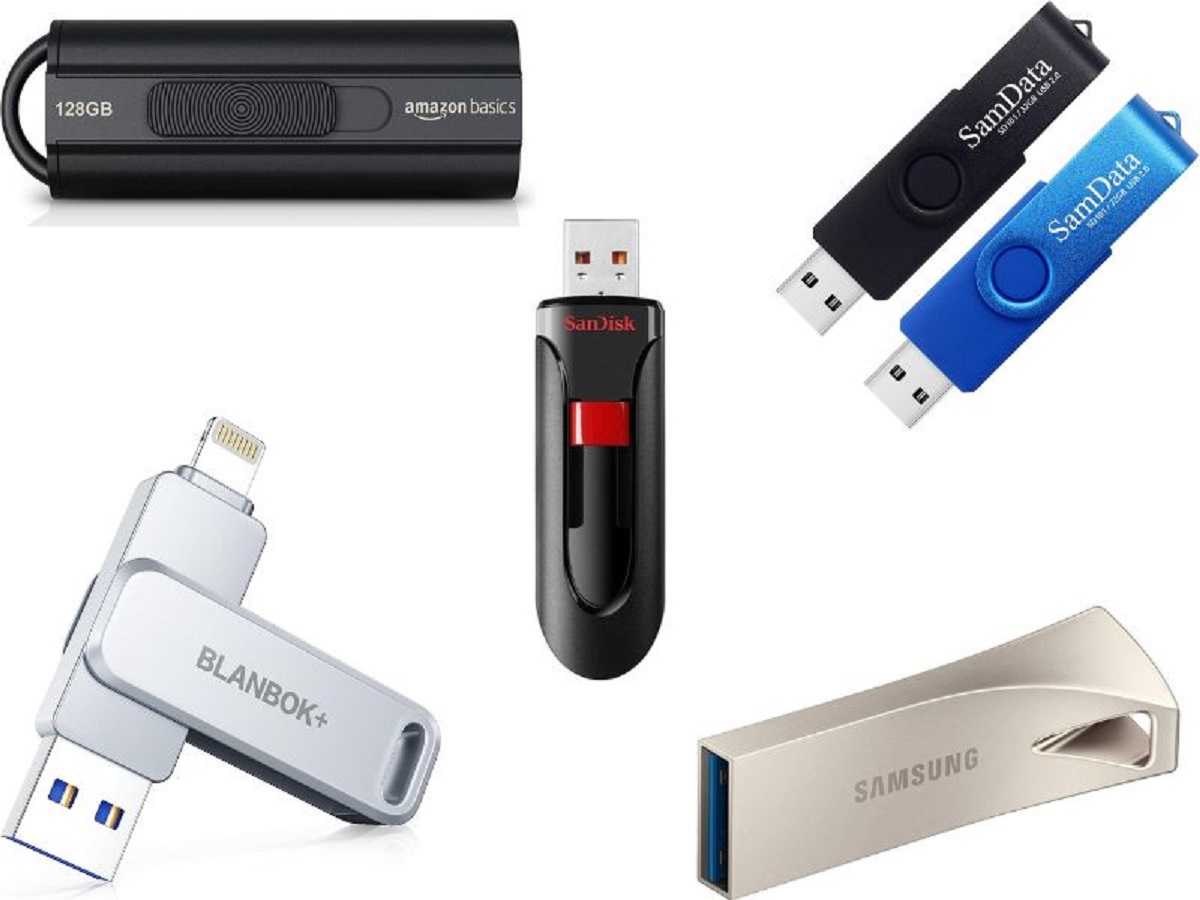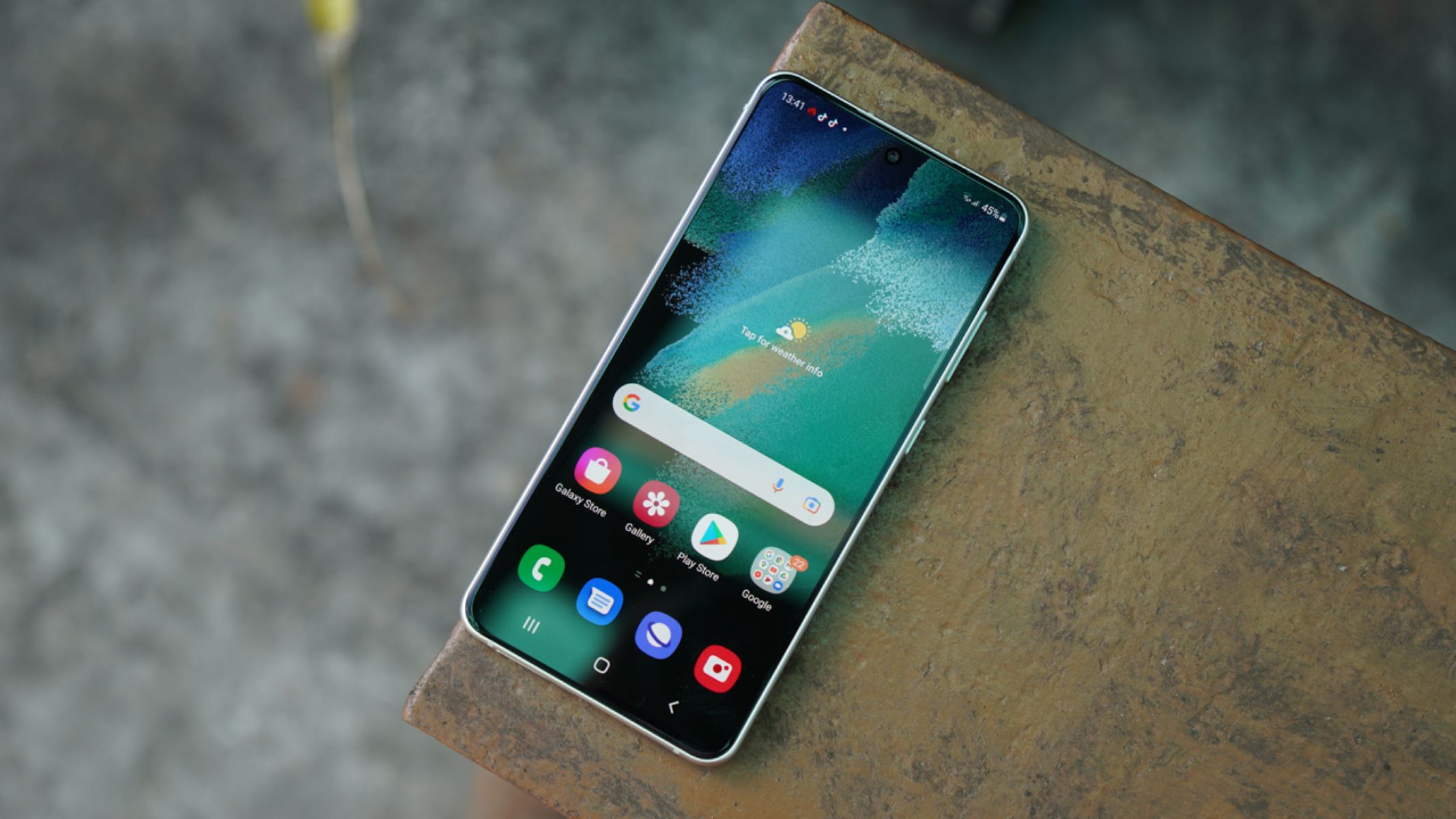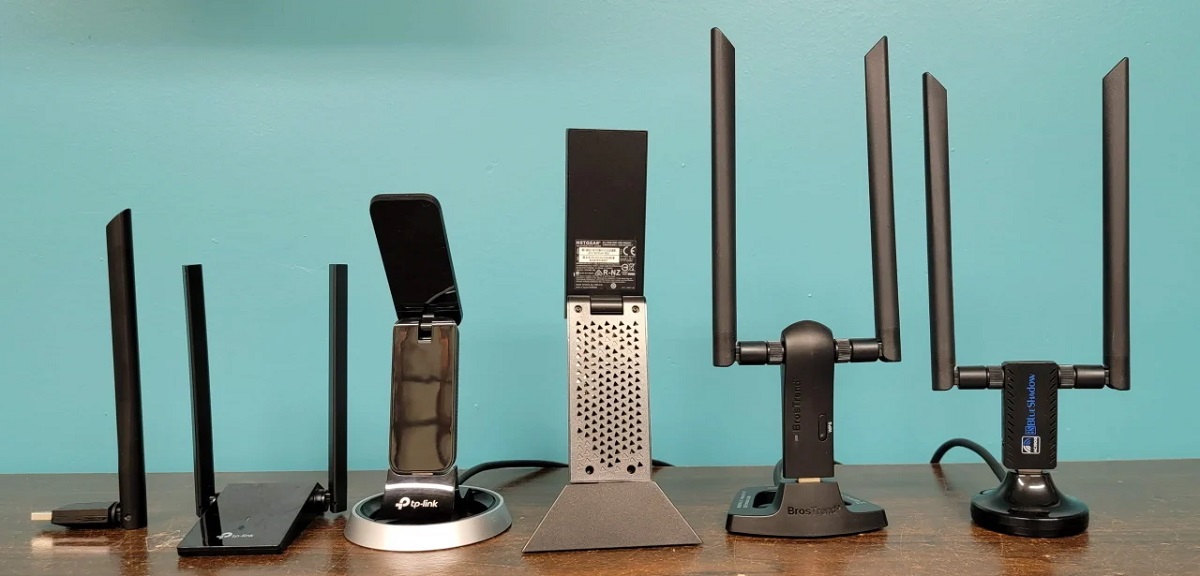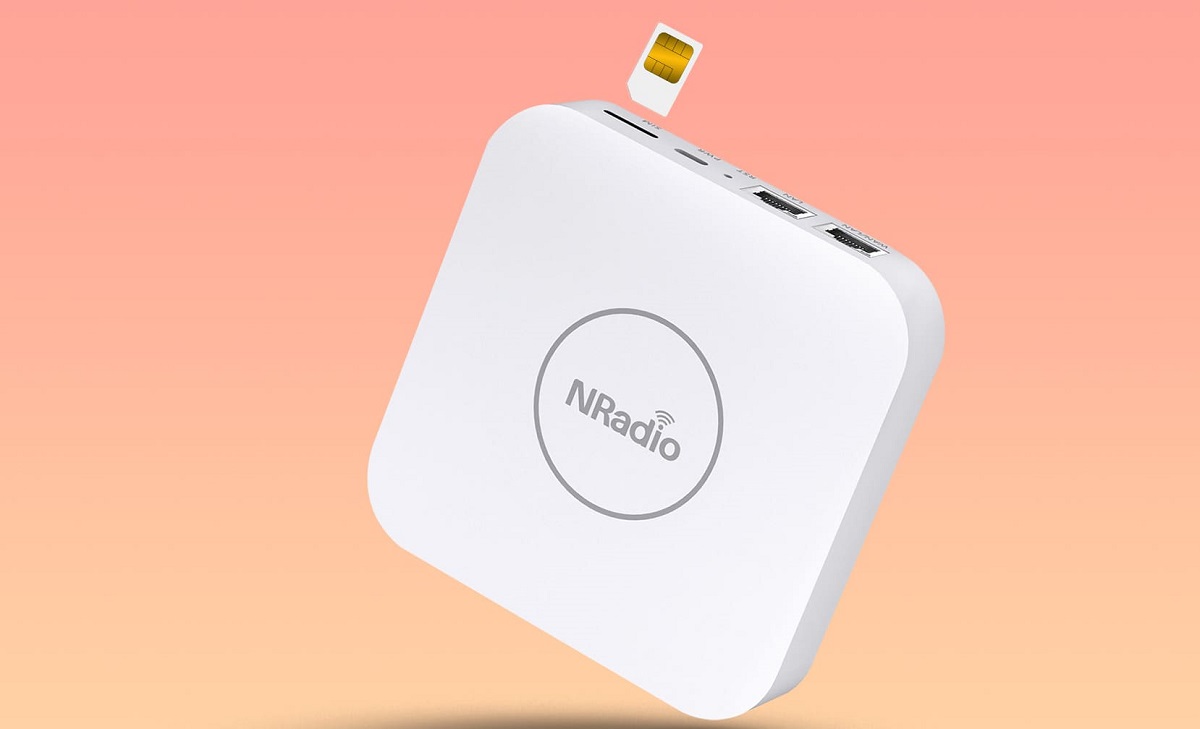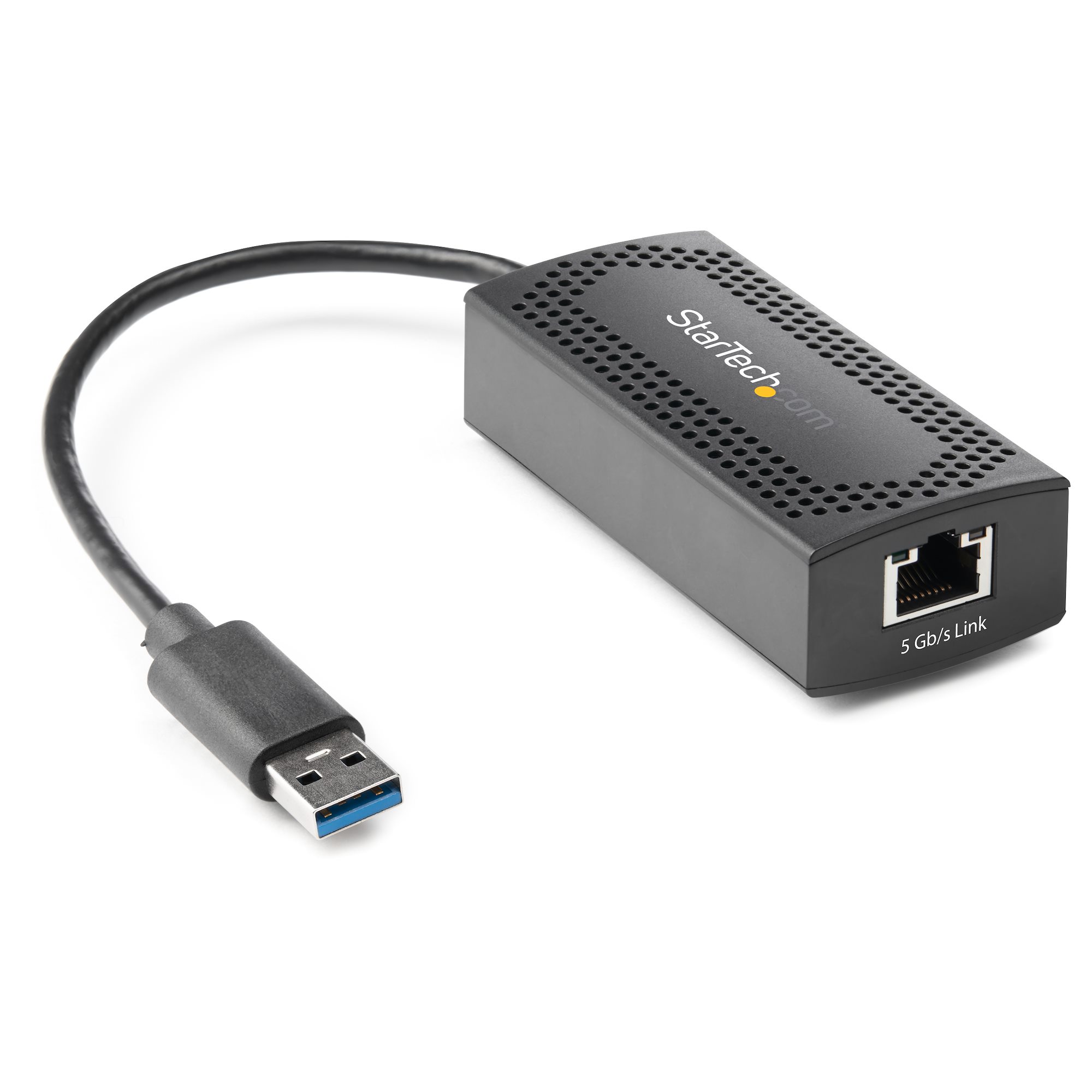Introduction
When it comes to wifi technology, there are different generations that offer varying capabilities and performance. Two of the most commonly used wifi generations are 2G and 5G. Though they share similarities in terms of providing wireless connectivity, they differ significantly in terms of speed, data transfer rates, latency, network coverage, device compatibility, power consumption, and applications.
Understanding the differences between 2G and 5G wifi is essential, especially if you want to make informed decisions about your wireless connectivity needs. Whether you’re using wifi for personal use at home or for business purposes, knowing the disparities between these generations can help you choose the most suitable wifi technology for your requirements.
In this article, we will delve into the key differences between 2G and 5G wifi, providing a comprehensive breakdown of their features and capabilities. By the end, you will have a solid understanding of the distinctions between these two generations and be better equipped to decide which one is optimal for your specific wifi needs.
Frequency Bands
One of the primary differences between 2G and 5G wifi is the frequency bands they operate on. 2G wifi operates on the 2.4 GHz frequency band, while 5G wifi operates on the 5 GHz frequency band. This disparity in frequency bands has significant implications for their performance and capabilities.
The 2G wifi frequency band operates in a crowded spectrum, as it is shared with various other devices such as cordless phones, microwaves, and Bluetooth devices. This can lead to interference and slower speeds, especially in densely populated areas where multiple devices are competing for bandwidth. On the other hand, the 5G wifi frequency band operates in a less congested spectrum, resulting in faster and more reliable connections.
Another advantage of the 5G wifi frequency band is its ability to use wider channels for data transmission. While 2G wifi typically uses 20 MHz channels, 5G wifi can utilize wider channels up to 160 MHz. This allows for a higher data transfer rate and increased capacity, making it ideal for handling bandwidth-intensive tasks such as streaming high-definition videos or online gaming.
It’s worth noting that the range of the 5G wifi frequency band is generally shorter compared to 2G wifi. The higher frequency used by 5G wifi results in limited penetration through obstacles like walls and furniture. However, this can be mitigated by using multiple routers or access points strategically placed throughout the premises to ensure consistent coverage.
In summary, the key difference in frequency bands between 2G and 5G wifi lies in the spectrum they operate on. 2G wifi operates on the 2.4 GHz band, which is more crowded and susceptible to interference, while 5G wifi operates on the less congested 5 GHz band, offering faster speeds and increased capacity.
Speed and Data Transfer Rates
When it comes to wifi, speed is a crucial factor that determines the quality of online experiences. The difference in speed and data transfer rates between 2G and 5G wifi is significant, making it an important consideration when choosing between the two generations.
2G wifi typically offers a maximum speed of around 54 Mbps (megabits per second). While this may be sufficient for basic web browsing and email, it may struggle to handle bandwidth-intensive tasks such as streaming high-definition videos or online gaming. The limited speed of 2G wifi can lead to buffering issues and slower download and upload speeds.
On the other hand, 5G wifi provides significantly faster speeds, with some routers capable of reaching speeds exceeding 1 Gbps (gigabits per second). This allows for seamless streaming of 4K and even 8K videos, smooth online gaming experiences, and lightning-fast downloads and uploads. The increased speed and data transfer rates of 5G wifi make it a superior choice for demanding applications that require high bandwidth.
Additionally, 5G wifi benefits from improved signal stability and reduced latency, resulting in a more responsive and lag-free connection. This is particularly advantageous for real-time applications such as video conferencing, online gaming, and voice-over-IP (VoIP) calls, where low latency is crucial for smooth communication.
It’s important to note that the actual speed experienced by users may vary depending on factors such as the distance from the wifi router, network congestion, and the capabilities of the connected devices. Nevertheless, the inherent speed advantage of 5G wifi over 2G wifi makes it the preferred choice for those seeking fast and reliable wireless connectivity.
In summary, 5G wifi offers significantly faster speeds and higher data transfer rates compared to 2G wifi. This makes it the superior choice for bandwidth-intensive tasks, providing users with smooth streaming, seamless gaming, and lightning-fast downloads and uploads.
Latency
Latency, often referred to as ping, is the time it takes for data to travel between a device and a server. It plays a crucial role in determining the responsiveness and real-time performance of a network connection. When comparing 2G and 5G wifi, there are notable differences in terms of latency.
2G wifi typically has higher latency compared to 5G wifi. Due to the inherent limitations of the 2.4 GHz frequency band, which is more prone to interference, packets of data may experience delays or disruptions during transmission. This can result in increased latency and slower response times, especially in highly congested wifi environments.
Conversely, 5G wifi offers lower latency, providing a more responsive and real-time connection. The use of the less crowded 5 GHz frequency band, coupled with advancements in wireless technology, allows for quicker data transmission and reduced latency. This is particularly beneficial for applications that require instantaneous communication, such as online gaming, virtual reality, and remote collaboration.
The lower latency of 5G wifi is especially noticeable when it comes to activities like online gaming. With reduced delay between user input and on-screen action, 5G wifi provides a more immersive and seamless gaming experience. Similarly, applications such as video conferencing and VoIP calls can benefit from the lower latency of 5G wifi, ensuring smooth and uninterrupted communication.
It’s important to consider that while the inherent latency of 5G wifi is lower, the total latency experienced by users can still be influenced by other factors such as network congestion, server location, and the performance of the connected devices. However, the lower inherent latency of 5G wifi makes it a favorable choice for applications that require real-time responsiveness.
In summary, 5G wifi offers lower latency compared to 2G wifi, providing a more responsive and real-time connection. The reduced delay is advantageous for activities such as online gaming, virtual reality, video conferencing, and other applications that rely on instantaneous communication and interaction.
Network Coverage and Capacity
Network coverage and capacity are crucial factors to consider when evaluating the capabilities of different wifi generations. 2G and 5G wifi differ significantly in terms of their network coverage and capacity, affecting the range and number of devices that can be connected simultaneously.
2G wifi generally provides a wider coverage area compared to 5G wifi. The lower frequency of the 2.4 GHz band allows for better signal penetration through obstacles such as walls and furniture. This makes 2G wifi ideal for larger spaces or environments where a wider coverage range is required, such as offices, shopping malls, or large homes.
However, the wider coverage of 2G wifi comes at the cost of limited capacity. 2G wifi networks can handle a limited number of simultaneous connections, which can lead to slower speeds and decreased performance when multiple devices are connected. This can be problematic in crowded areas with numerous wifi devices competing for bandwidth.
On the other hand, 5G wifi offers higher network capacity but with a slightly reduced coverage range. The 5 GHz frequency band used by 5G wifi provides a more limited range, particularly when it comes to passing through obstacles. However, the increased capacity allows for more devices to connect simultaneously without sacrificing performance.
With the ability to support a larger number of connected devices, 5G wifi is better suited for environments with high device density, such as apartment buildings, cafes, or conference venues. The higher capacity also ensures that all devices connected to the network can maintain optimal speeds and performance, even during peak usage periods.
It’s worth mentioning that advancements in wifi technology, such as mesh networks, can extend the coverage range of both 2G and 5G wifi. Mesh networks utilize multiple access points strategically placed throughout the premises to provide seamless coverage in larger areas.
In summary, 2G wifi offers wider network coverage but limited capacity, while 5G wifi provides higher capacity but slightly reduced coverage range. Choosing the appropriate wifi generation depends on the specific requirements of the environment and the number of devices that need to be connected simultaneously.
Device Compatibility
Device compatibility is an essential consideration when choosing between 2G and 5G wifi. While most modern devices support both generations, there are still notable differences in terms of compatibility and performance.
2G wifi is compatible with a wide range of devices, including older smartphones, tablets, laptops, and IoT (Internet of Things) devices. The 2.4 GHz frequency band used by 2G wifi is supported by most devices and has become a standard in the industry. This means that you can easily connect your older devices to a 2G wifi network without any compatibility issues.
On the other hand, 5G wifi is primarily supported by newer devices that have the necessary hardware capabilities. This includes the majority of modern smartphones, tablets, gaming consoles, and laptops. However, some older devices may not be compatible with 5G wifi or may experience reduced performance when connected to a 5G network.
Another factor to consider is the availability of dual-band devices. These devices can connect to both 2G and 5G wifi networks, allowing for flexibility depending on the network’s availability and performance requirements. Dual-band devices can switch between the 2.4 GHz and 5 GHz frequency bands to optimize speed and performance based on the network conditions.
It’s important to note that even if a device is compatible with 5G wifi, its performance may still be limited by its hardware capabilities. For example, an older smartphone with outdated wireless technology may not be able to achieve the same speeds as a newer smartphone with advanced wifi capabilities.
In summary, 2G wifi offers compatibility with a wide range of devices, including older devices, making it a suitable choice for those with a mix of older and newer devices. 5G wifi, on the other hand, is primarily supported by newer devices and offers optimal performance when used with devices that have the necessary hardware capabilities.
Power Consumption
Power consumption is an important consideration when comparing 2G and 5G wifi. The power consumption of a wifi network can affect both the connected devices and the energy efficiency of the overall system.
2G wifi typically consumes less power compared to 5G wifi. The lower frequency of the 2.4 GHz band used by 2G wifi requires less energy to transmit and receive data. This can result in improved battery life for portable devices such as smartphones, tablets, and laptops. It is especially beneficial when using battery-operated devices in areas with limited access to power outlets.
On the other hand, 5G wifi tends to consume more power due to the higher frequency and increased data transfer rates. The 5 GHz frequency band used by 5G wifi requires more energy to achieve faster speeds and support higher bandwidth. This can lead to reduced battery life for devices that rely on wireless connectivity, particularly in situations where the devices are constantly transmitting or receiving data.
It’s worth noting that advancements in wireless technology have led to improvements in power efficiency for both 2G and 5G wifi. Newer wifi routers and devices are designed to be more energy-efficient, helping to mitigate the power consumption impact. Additionally, power-saving features such as sleep modes and intelligent routing algorithms can further optimize power usage on both 2G and 5G wifi networks.
In summary, 2G wifi generally consumes less power compared to 5G wifi, resulting in improved battery life for connected devices. However, advancements in power efficiency and the implementation of power-saving features have helped mitigate the power consumption impact of both generations.
Applications and Use Cases
2G and 5G wifi have distinct applications and use cases based on their capabilities, speed, and performance. Understanding these differences is essential in determining which wifi generation is most suitable for your specific needs.
2G wifi is well-suited for basic internet browsing, email communication, and light web-based applications. Its lower speed and data transfer rates make it sufficient for tasks that do not require high bandwidth, such as checking emails, social media browsing, and general web surfing. Additionally, 2G wifi is commonly used for IoT devices that don’t require heavy internet usage, such as smart home devices, security systems, and environmental sensors.
On the other hand, 5G wifi is ideal for bandwidth-intensive applications and use cases that demand high-speed connectivity. It excels in activities such as streaming high-definition videos, online gaming, video conferencing, and large file transfers. The faster speeds and lower latency of 5G wifi allow for seamless and lag-free experiences in demanding applications.
5G wifi is also essential for emerging technologies such as augmented reality (AR) and virtual reality (VR). These immersive technologies rely on high-speed connectivity to deliver real-time, high-quality visuals and feedback. By providing the necessary bandwidth and low latency, 5G wifi enhances the overall user experience and allows for more immersive and interactive AR/VR applications.
Furthermore, 5G wifi is beneficial for businesses and organizations that require a network capable of handling a large number of connected devices simultaneously. This includes environments such as offices, retail stores, and educational institutions where multiple devices need to be connected efficiently without compromising performance.
In summary, 2G wifi is suitable for basic internet usage and IoT devices, while 5G wifi is better suited for bandwidth-intensive applications like streaming, gaming, video conferencing, and emerging technologies such as AR and VR. Moreover, 5G wifi is advantageous for enterprises and environments with high device density.
Conclusion
In conclusion, the differences between 2G and 5G wifi are significant and can impact the speed, latency, network coverage, device compatibility, power consumption, and applications of the wireless connectivity. Understanding these differences is crucial in determining the most suitable wifi generation for specific needs and requirements.
While 2G wifi operates on the 2.4 GHz frequency band and offers wider coverage, it generally has slower speeds, higher latency, and limited capacity compared to 5G wifi. 5G wifi, operating on the 5 GHz frequency band, provides faster speeds, lower latency, higher network capacity, and is more suitable for bandwidth-intensive applications and environments with a high number of connected devices.
Device compatibility and power consumption are also important factors to consider. 2G wifi offers wide compatibility with a range of devices, including older ones, and consumes less power compared to 5G wifi. 5G wifi, on the other hand, is primarily supported by newer devices with enhanced hardware capabilities, and consumes more power due to its higher frequency and faster data transfer rates.
When it comes to applications and use cases, 2G wifi is suitable for basic internet browsing, email communication, and IoT devices, while 5G wifi excels in bandwidth-intensive activities such as streaming, gaming, video conferencing, and emerging technologies like AR and VR.
Ultimately, the choice between 2G and 5G wifi depends on specific needs, priorities, and the intended use of the wireless connectivity. Individuals and businesses should consider factors such as speed requirements, device compatibility, network coverage, and the types of applications to determine which wifi generation is the most suitable for their unique circumstances.







